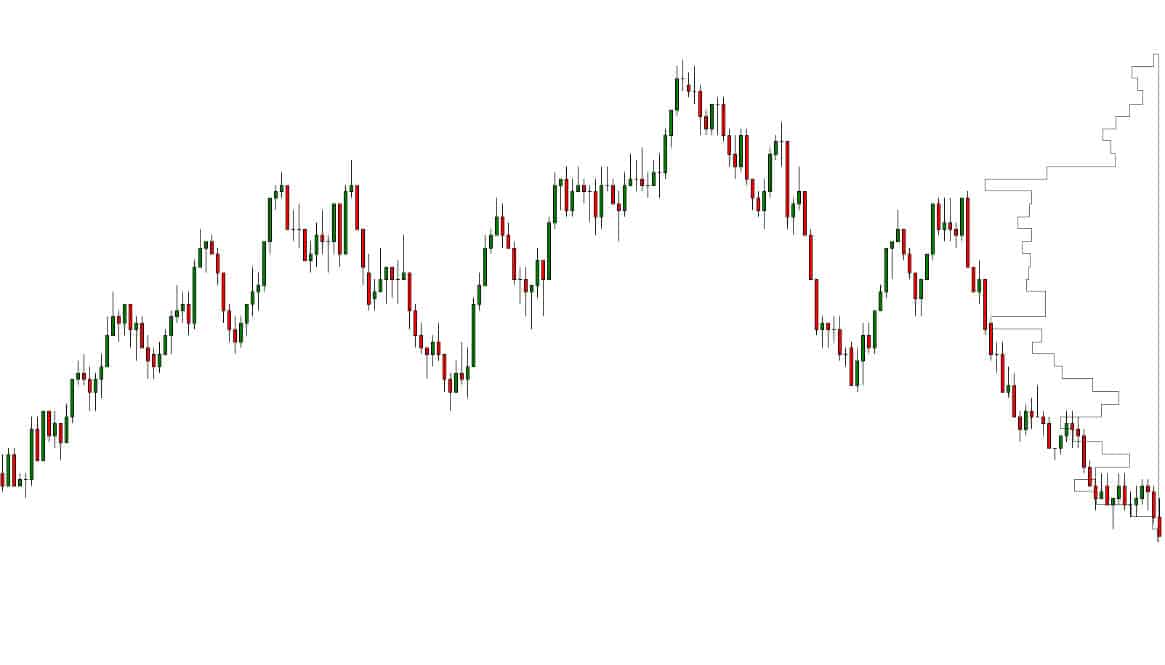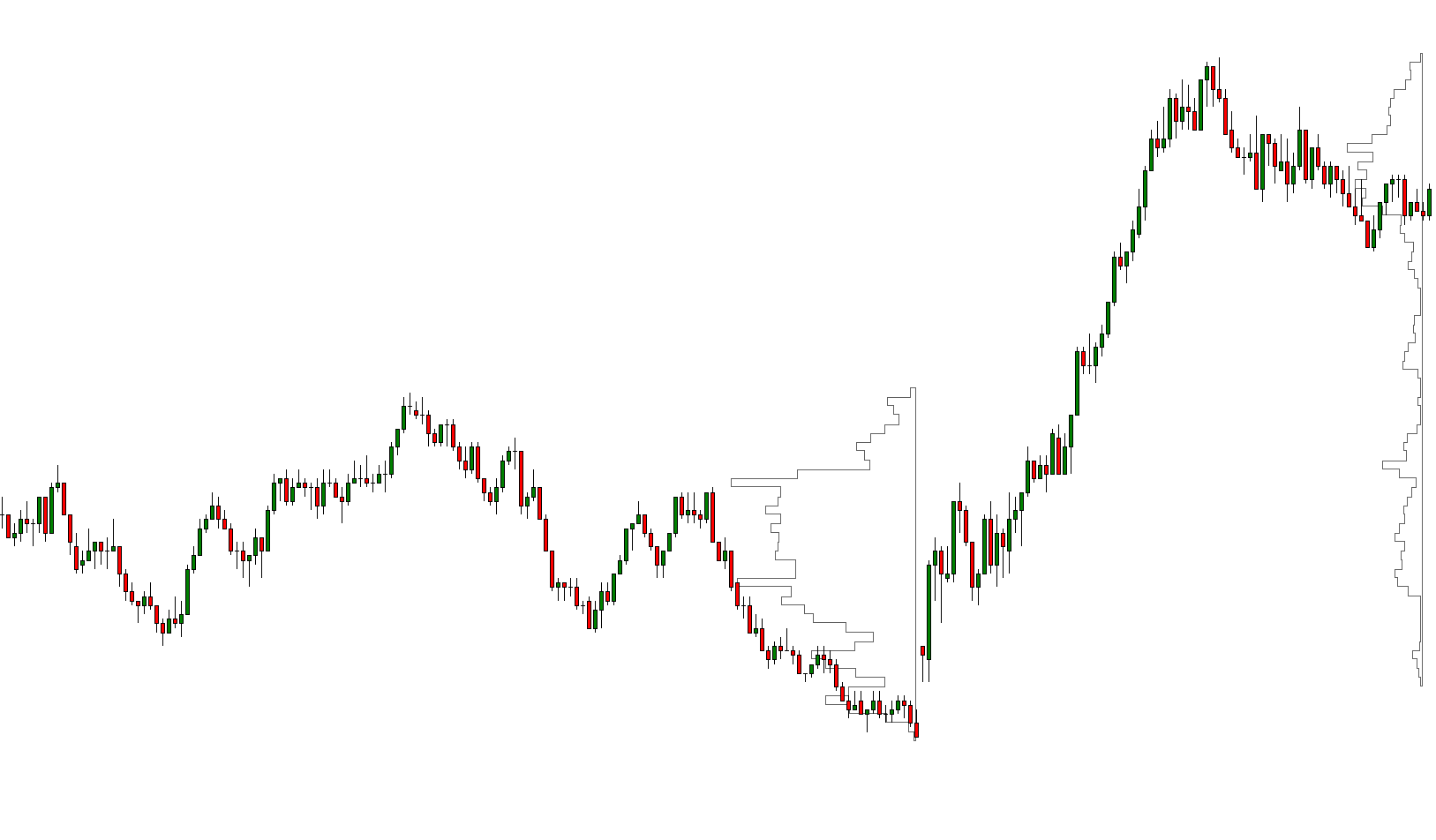In this post I’d like to discuss a very powerful concept : ‘Auction market theory’. I’ll explain what is Auction market theory. I’ll explain the concept of fair value, what is balanced and unbalanced markets. Plus I’ll provide a practical example of Auction market theory playing out in an everyday situation.
Auction Market Theory Introduction
I’m a strong advocate of developing some form of market context and understanding of why markets behave the way they do.
That’s why in this post I will answer the question what is auction market theory.
I’ve always questioned trading technical analysis techniques and strategies that fail to satisfactorily explain why markets move the way they do.
Pattern trading that relies on repeatable candlestick patterns barely seems a like a feasible way to trade the markets.
At times these methods have worked for me but I’ve always felt that most of these methods were unsustainable over the long term. Market conditions change and different markets behave in different ways. It’s almost never the case of one shoe fits all. Now I’m not suggesting that classical technical analysis patterns don’t work, not at all. But I believe that by developing a solid contextual understanding of the why these patterns develop and in what context they’re developing is an important perspective for a trader to develop.
That is why I had a real ‘ah ha!’ moment after learning auction market theory. The theory is surprisingly simple. But Simplicity is the beauty of all good concepts.
There are many more complicated methods for developing the theory into a trading strategy. One of the most popular methods is using the market profile. But for now I’d like to simply cover the theory.
If you’d like to learn more about market profile. I have written a detailed introductory post “What is the market profile?‘.
Auction market theory is something that all traders should learn, understand and master. Even if they have no interest in trading strategies based around the concept.
The theory simply summarizes how and why markets move.
Auction market theory applies to any market. Whether it be cars, houses, soybeans, gold, oil or company stock.
Having contextual understanding of the market allows traders to build an expectation for where the market is most likely to move next. Obviously this is very powerful and can be used as a non-mechanical trade filter. This allows traders to decide whether a level is likely to hold. Is a pattern more or less likely to fail. Also where to set targets and stops.
What is auction market theory?
The theory is based on the simple premise of ‘fair value’. All free markets seek fair value and is determined by one of the pillars of economic theory: supply and demand. Fair value is the balance between what someone is willing to pay and what price another person is willing to sell. It is the price at which buyers and sellers agree.
Markets are complex and what drives price up or down depends on the constant shift in market sentiment or a fundamental change in market conditions. These conditions move price in a seemingly random rhythm between trending price moves and consolidating sideways markets. Its our job as traders to understand these price moves. At the very least exploit some inefficiency in the market, through probabilities and good risk management.
As technical traders we use charts and graphical techniques to interpret these market rhythms. This is when the concept of auction market theory can assist us.
Balanced Market
When markets consolidate or are range bound, according to auction market theory the market is balanced.
In a balanced market price is trading in and around fair value.
Price trades within a bound range where the volume traded or time spent within this range is normally distributed.
The apex of this normal distribution or bell curve is described as the point of control (POC).
The point of control is interpreted to be the fair value for that market at that particular time.

Unbalanced market
When markets trend, according to auction market theory the market is unbalanced.
In an unbalanced market, price is ‘seeking’ to find fair value.
Price makes significant moves in one direction until it once again reaches a state of balance. The market will then range sideways.
In trending markets volume is thinly distributed over the trending area and price moves quickly through these areas.

Fair value
To further describe auction market theory in more detail lets use an example of petrol prices.
Lets say petrol is currently valued at $1.39/litre. We know that buyers are motivated to get a good deal on how much they pay for petrol at the pump. Whilst the petrol retailer wants to get as much per litre of petrol as they can. This is consistent with any market whether it be commodities, real estate or fruit and vegetables at the local market.
Sellers want to get the most they can and the buyers want to pay the least.
So what happens is a market will develop a price range. Prices tend to fluctuate above and below what is considered value. in this case $1.39/litre. It wont always trade at $1.39/litre but around this value.
Now, lets say petrol prices go up to $1.59/litre? At such high levels buyers become more reluctant to pay these high prices.
At these high levels consumers may decide to hold off on filling their tanks. They might even choose to not drive their vehicles so often. So, the volume of consumers willing to pay those higher prices becomes less and the demand for petrol at the pump dries up.
On the other hand, petrol retailers are keen to sell as much petrol as possible at these prices. The aggressiveness of petrol retailers to sell is at a high.
At these high prices and the combination of less aggressive buyers and more aggressive sellers, creates a situation of unfair pricing. As a result the market eventually reverts back to trading closer to $1.39/litre.
If for example a similar situation occurs but in reverse i.e petrol prices drop to say $1.19/litre. The same dynamic would apply. Price would eventually revert back to trading closer to $1.39/litre.
This range: $1.19-$1.59/litre is what can be defined as market value range or area. It is where the market at that point in time has decided that fair value lays.
These fluctuations in price above and below $1.39/litre creates a normal distribution of time spent or volume of transactions at prices being traded.
The apex of the normal distribution is referred to as the point of control or volume point of control. In this case lets say it is $1.39/litre. $1.39/litre is considered value.
The least time or volume is traded at the extremes of the value range. In this case $1.19 and $1.59/litre. These extreme prices is where petrol is considered unfairly valued.
A normally distributed bell curve or volume or time vs price is an example of a market that has established value.
Seeking fair value
Now, lets say there has been a new event that has a significant impact on world oil producers ability to meet global oil demands. As a result of this new information the cost of petrol at the pump surges and breaks out of its prior value range of $1.19-$1.59/litre.
For this example lets say oil prices surge towards previous highs, breaking well above $1.59/litre.
This phase of price development is referred to as ‘seeking fair value’. It is typified by trending price action that continues until market conditions adapt and find a new fair value.
Higher oil prices help oil sands and shale oil producers since their operations become economical once again.
Higher prices may also be met by consumers becoming more conscious of their petrol consumption; using the car less or taking fewer overseas trips.
These new market conditions will allow petrol prices to eventually find a new fair value range. The dynamics of the these new range will behave similar to the market condition described above but this time at a higher price range, lets say for this example $1.89-$2.19/litre. At these new prices Oil has once again trading at fair value.
Next, lets go even further and say that event that impacted world oil supplies has been resolved.
As a result the existing production rates come back online and supply returns to their previous levels. This event provides new market information.
Price now trends down and more importantly reverts back to the previous value range of $1.19-$1.59/litre! (Assuming all else is equal).
This is the kicker – price returns to previous area of established value! This is great information and so powerful from a contextual perspective.
This is of course a very simple set of examples but they illustrate in general terms how markets behave and also demonstrate the contextual power of Auction market theory.
Summary
The following is a brief summary of the key takeaways from this post:
- Markets always seek fair value
- Balanced market – Price ranges above and below value forming a normally distributed volume or market profile.
- Unbalanced market – When market conditions change or new information becomes available markets trend – seeking fair value.
These concepts have helped me develop a deeper understanding of market dynamics and build a contextual framework for applying technical analysis techniques within.
In future posts I hope to go into more detail about how auction market theory can be applied to market profiling and volume profiling and how they can be used to develop a trading strategy.



